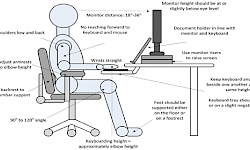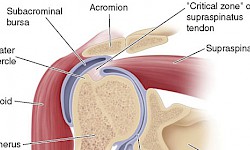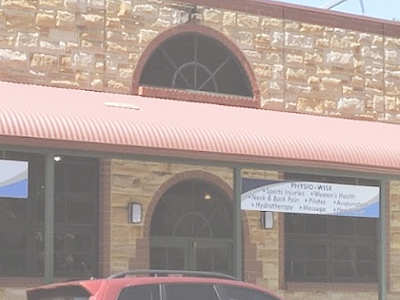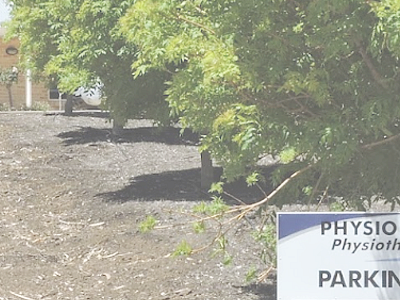Plantar fasciitis is a common, painful foot condition. Patients, and sometimes doctors often confuse the terms plantar fasciitis and heel spurs. Plantar fasciitis refers to the syndrome of inflammation of the band of tissue that runs from the heel along the arch of the foot; a heel spur is a hook of bone that can form on the heel bone (calcaneus). About 70% of patients with plantar fasciitis have been noted to have a heel spur that can be seen on X-Ray.
Plantar fasciitis is most often seen in middle-aged men and women, but can be found in all age groups. Plantar fasciitis is diagnosed with the classic symptoms of pain well localized over the heel area of the bottom of the foot. Often the pain from plantar fasciitis is most severe when you first stand on your feet in the morning. Pain often subsides quite quickly, but then returns after prolonged standing or walking.
Plantar fasciitis is sometimes, but not always, associated with a rapid gain of weight. Plantar fasciitis is also sometimes seen in recreational athletes, especially runners. In these athletes, it is thought that the repetitive nature of the sports causes the damage to the fibrous tissue that forms the arch of the foot.
Why did I get Plantar Fasciitis?
Plantar fasciitis occurs because of irritation to the thick ligamentous connective tissue that runs from the heel bone to the ball of the foot. This strong and tight tissue contributes to maintaining the arch of the foot. It is also one of the major transmitters of weight across the foot as you walk or run. Therefore, the stress placed on the tissue is tremendous.
When a patient has plantar fasciitis, the connective tissue that forms the arch of the foot becomes inflamed (tendonitis) and degenerative (tendinosis)-these abnormalities cause plantar fasciitis and can make normal activities quite painful.
Symptoms of plantar fasciitis are typically worsened early in the morning after sleep. At that time, the arch tissue is tight and simple movements stretch the contracted tissue. As you begin to loosen the foot, the pain usually subsides, but often returns with prolonged standing or walking.
How is Plantar Fasciitis treated?
Treatment of plantar fasciitis is with short-term rest and controlling the inflammation. Here are the steps you should take in order to cure your plantar fasciitis.
Rest
Avoiding the precipitating activity. For example, take a few days off running or prolonged standing/walking. Just resting usually helps to eliminate the most severe pain, and will allow the inflammation to begin to cool down.
Apply Ice Packs
Icing will help to diminish some of the symptoms and control the heel pain. Icing is especially helpful after an acute exacerbation of symptoms. Below is a particularly great way to administer Ice to the plantar fascia whilst also gently stretching this tissue.
- Get some 500ml plastic water bottles
- Place water bottles in freezer
- Once frozen, roll the bottle under your foot for 10-15 minutes
- Refreeze the bottle for your next treatment
Exercises and Stretches
Exercises and stretches are designed to relax the tissues that surround the heel bone. Your physiotherapist will be able to advise you on the best exercises for your particular condition. Often patients feel better quickly when performed their exercises in the morning and evening.
Shoe Inserts
Shoe inserts can also be the key to successful treatment of plantar fasciitis. The shoe inserts often permit patients to continue their routine, and may include either custom made orthotics or silicon gel shoe inserts such as Sorbothane to help relieve the pressure applied to the calcaneus.
The above modalities alone will cure the plantar fasciitis pain in most patients. Be forewarned that the symptoms will not resolve quickly. Most patients find relief within about three month, and over 90% within one year.







